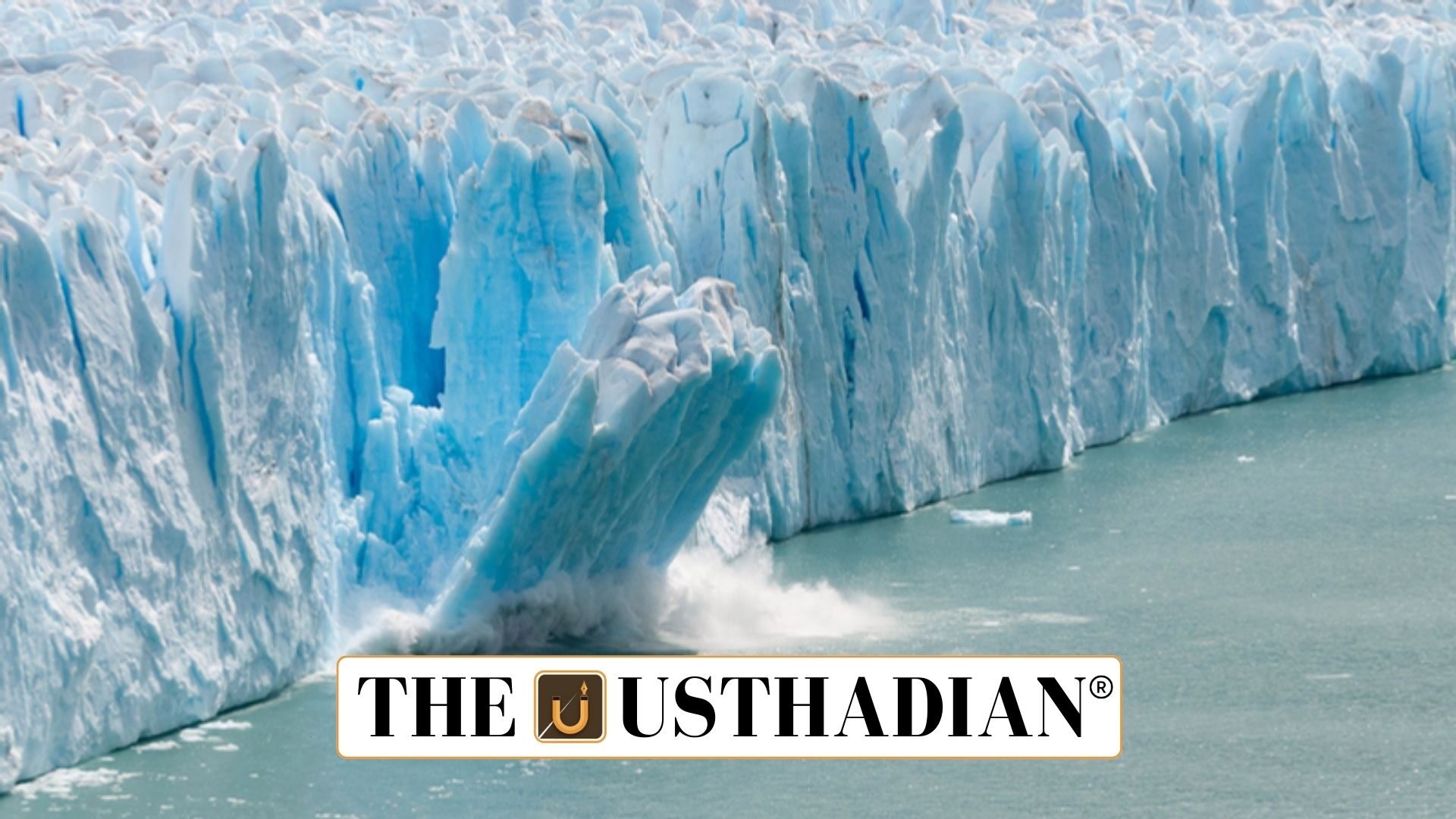Gangotri Glacier overview
Gangotri Glacier and Declining Snow Melt: The Gangotri Glacier stands as one of the most significant glaciers in the Himalayas. It lies in the Uttarkashi district of Uttarakhand and covers a length of nearly 30 km. This glacier forms the source of the Bhagirathi River, which later joins the Alaknanda River at Devprayag, giving rise to the sacred Ganga.
Findings from recent studies
Recent observations have shown that the snow melt contribution from Gangotri Glacier has decreased by almost 10% over the last four decades. This decline is closely associated with global warming, shrinking snowfall levels, and changing Himalayan weather patterns. Such a reduction directly influences the long-term water flow into the Ganga.
Ecological importance
The glacier also supports the fragile ecosystems of the Gangotri National Park, a protected high-altitude reserve. It shelters rare species including the Snow Leopard, the Himalayan Blue Sheep (Bharal), and the Himalayan Monal, the state bird of Uttarakhand.
Static GK fact: The Himalayan Monal is also the national bird of Nepal.
Implications for the Ganga basin
The Bhagirathi River, nourished by this glacier, is a lifeline for millions across North India. As it forms the Ganga at Devprayag, reduced snow melt threatens agriculture, drinking water, and hydropower availability in the basin. The Ganga basin, India’s largest, sustains nearly half of the nation’s population.
Static GK fact: The Ganga basin covers about 26% of India’s geographical area.
Retreat and climate concerns
Measurements show that the Gangotri Glacier has been retreating at 15–20 meters annually in recent decades. Such rapid shrinkage raises the risks of glacial lake outburst floods (GLOFs), which endanger settlements and infrastructure downstream.
Static GK Tip: The National Mission for Clean Ganga (NMCG) under the Ministry of Jal Shakti regularly monitors Himalayan glaciers feeding the Ganga.
Steps towards conservation
The government has initiated programs like the National Action Plan on Climate Change (NAPCC) and the National Mission for Sustaining the Himalayan Ecosystem (NMSHE) to mitigate glacier loss. Alongside, community-led tree plantation drives and awareness campaigns in Uttarakhand support conservation of this delicate ecosystem.
Static GK fact: The town of Gangotri, located near the glacier, is one of the revered Char Dham pilgrimage sites in India.
Static Usthadian Current Affairs Table
Gangotri Glacier and Declining Snow Melt:
| Topic | Detail |
| Location | Uttarkashi district, Uttarakhand |
| Length of Glacier | About 30 km |
| River Source | Feeds the Bhagirathi River |
| Confluence Point | Bhagirathi merges with Alaknanda at Devprayag to form Ganga |
| Recent Finding | 10% loss in snow melt flow over 40 years |
| Retreat Rate | About 15–20 meters per year |
| Protected Area | Gangotri National Park |
| Key Fauna | Snow Leopard, Bharal, Himalayan Monal |
| Religious Significance | Source of Ganga, part of Char Dham pilgrimage |
| Key Government Mission | National Mission for Sustaining the Himalayan Ecosystem (NMSHE) |








